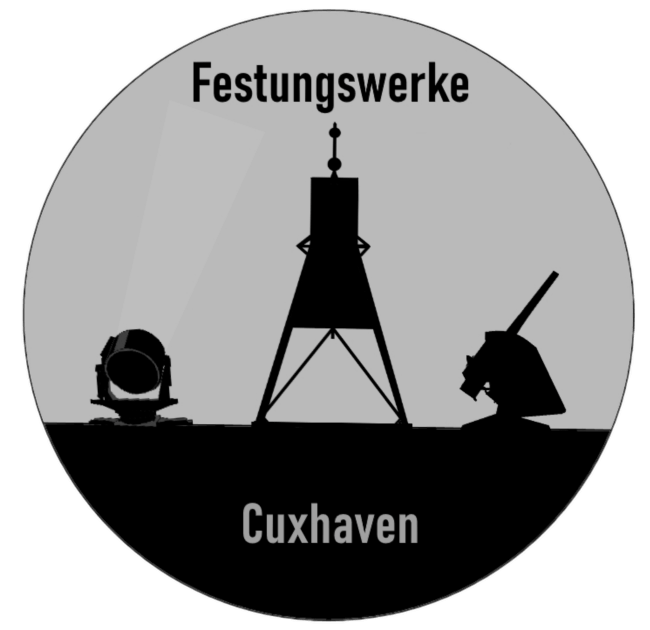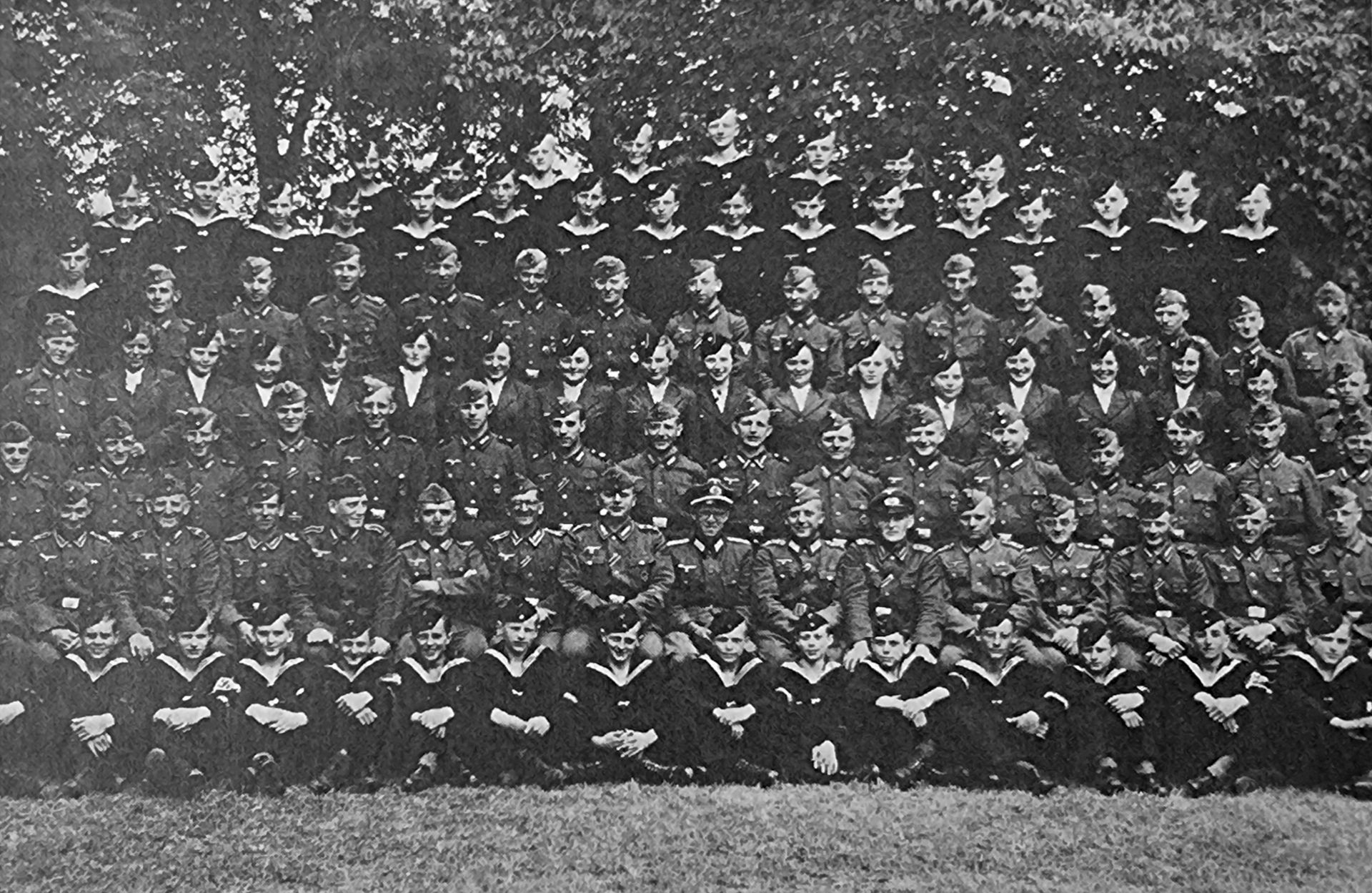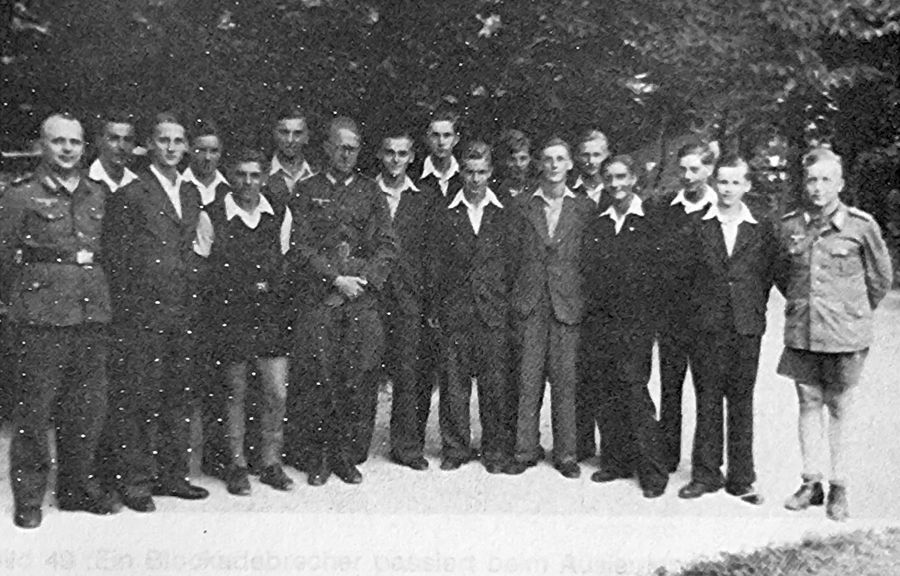Life and tasks in the naval anti-aircraft battery
Until 1943, the crews of the individual naval anti-aircraft batteries in Cuxhaven consisted mainly of anti-aircraft artillerymen (soldiers), some female naval assistants and Russian war volunteers. As the war progressed, a large proportion of the active soldiers were replaced by naval assistants (high school students), who were then released for deployment to the front, other locations or naval ships. The naval assistants (child soldiers) who were still minors were drafted by the emergency service regulations passed on January 22nd, 1943 and were forced to serve accordingly. Female naval assistants were only allowed to do this service on a voluntary basis from the age of 18. Both were trained in intensive on-site training for their respective tasks on the equipment and guns of the batteries. In addition to military training, great importance was also placed on school lessons, lots of sport, manners, obedience and solidarity. Various reports from the booklet "Naval Assistants in the Kugelbake Battery" are reproduced in the other appendices. The former naval assistant Harald Schönemann and several other former members of the position impressively describe their tasks and experiences during this difficult time.
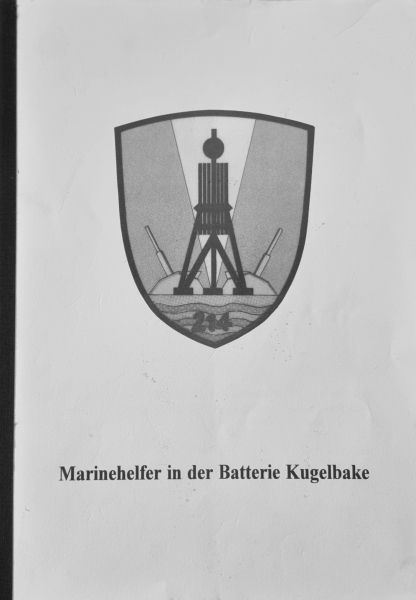
I would like to take this opportunity to thank the Schönemann family for allowing me to publish these very rare life stories from the booklet "Marinehelfer in der Batterie Kugelbake". History only works in this way, by telling it. Regardless of how it was back then. Martin Brütt
Photo right: Harald Schönemann, born 26.10.1926 / died 11.10.2015, from Cuxhaven and former member of the heavy anti-aircraft battery Kugelbake as a naval helper (child soldier).
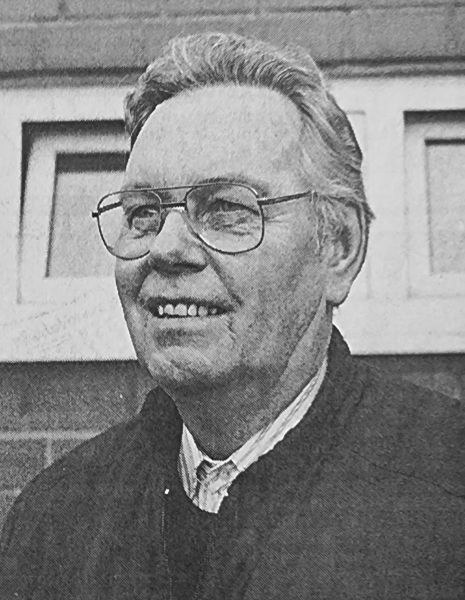
Photo of the Kugelbake battery from 1945 with the gun commanders, the naval assistants and the naval assistants
Names on the battery photo from 1945 1st row bottom from left to right: Jedritzkowski, Reiter, Lorberg, Müller, Noak, Mangels, (?), (?), (?), Lünstedt, Fritz Gronemeyer, (?), (?), (?). 2nd row bottom from left to right: Reinhold, Hummel, Steffen, Greil, Zimmerling, Buchmann, Gorsky, Matthäus, v.Schilling, Grabow, Schünemann, Gädicke, Behn, Lindmeyer. 3rd row bottom from left to right: Hoops, Kamieth, Döring, Kähler, Weber, Brandes, Jung, Michaelsen, (?), Dolatka, Weidemann, Kemme, Fuchs, Schiller. 4th row from bottom left to right: (?), Clara Schambert, Magret Schröter, (?), (?), Wilma Hungerland, Anna Krause (or Osinski), Leni Zrischling, Molitor, Königsamen, Edert, (?), Feldmann, Leni Winter, (?), (?), (?), Ehn. 5th row from bottom left to right: Amelung, Vogl, (?), Volpert, Remde, Silbernagel, Au, Sams, Hümer, Förster, (?), Hermann, (?), Mitsching. 6th row from bottom left to right: Pohlmann, Barthold, Junge, Hensen, Satow, Koeppe, M. Müller, Müller, Cordes, Beneke, Rodewald, (K.?), Piefke, Schutte, Koops, Dittmer. 7th row from bottom left to right: Stache, Schmidt, Keßler, Piening, Eberhard, Peters, Lorenz, Coschois. (Note: The list was compiled at the end of the war in 1945. K.-HH)
Assigned combat posts in the battery 1945
- Gun: Sergeant GädekeGun: Lance Corporal DaubeGun: Sergeant SchünemannGun: Lance Corporal Jakobi
Control room 1 and 2: Sergeant Grabow (Flak leader)
Flakhochstand Ost: Obermaat Hummel
Photo right: All guns of the Kugelbake battery fire in salvo cyclesSource: Marinehelfer in the Kugelbake battery
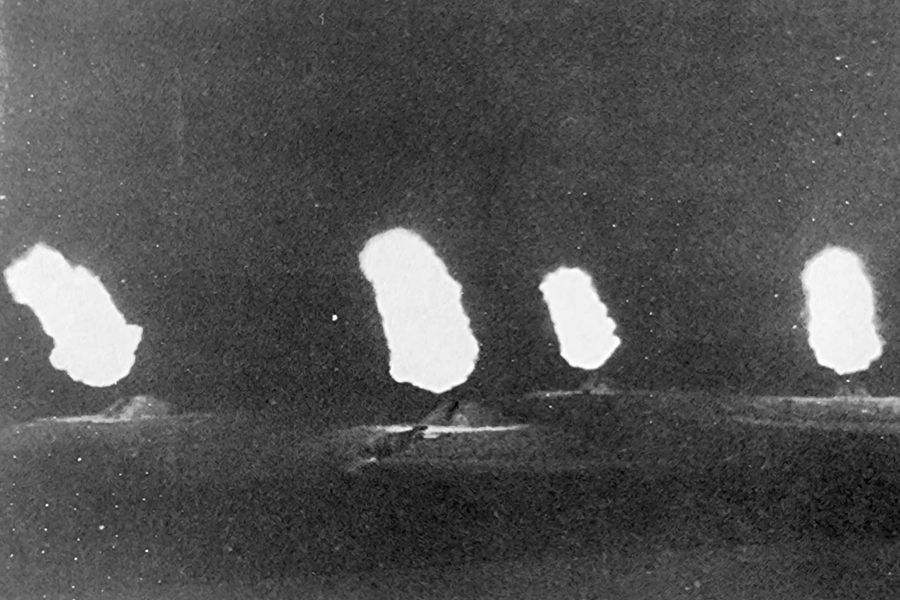
The war situation in 1943
On February 2nd, 1943, the encircled 6th German Army was forced to surrender in Stalingrad. This capitulation marked the turning point in World War II. Until then, the German soldier had been considered invincible. But from now on, retreats began on almost all fronts. The Red Army counterattacked and recaptured the Russian territories occupied by German troops. At the beginning of the year (January 14-25, 1943), Churchill and Roosevelt decided during the Casablanca Conference that Germany, Italy and Japan should "unconditionally surrender" after the Allies' victory. In mid-January, January 16-17, 1943, 256 British bombers attacked the German capital. Major damage was caused. With slogans of perseverance and a call for "total war," Goebbels attempted to prolong the hopeless battle at a mass rally in the Sportpalast. The British and Americans increased their air raids on German cities by conducting day and night operations. The aircraft were not only targeting industrial centers and armaments factories. One city after another was reduced to rubble and ashes. The civilian population suffered great losses. Against this backdrop, there could no longer be any doubt: Germany had lost the war. But the last reserves had to be mobilized to continue the senseless destruction. There were still many men of military age at home. They worked in agriculture or in factories. They were called up as soldiers without further ado and the women had to take over the men's work. Many soldiers were also at home with the anti-aircraft guns to defend the cities against bombing raids by enemy aircraft. Many of these soldiers were replaced by schoolchildren. These boys were conscripted, trained, and had to work on the searchlights, listening devices, calculators, and also on the guns. While the 1926 class had already left school and was free for this service, the 1927 and 1928 classes were taught by their teachers in addition to their training in the anti-aircraft positions. For example, the students who joined later at the then Higher State School (now the Abendrothstrasse Gymnasium) had to drive to school every morning and go to the battery as quickly as possible in the event of an alarm. Harald Schönemann
Addition
The Kugelbake battery was part of the MFLAA 214 (Marine Air Defense Division), which in turn was part of the 4th MAA (Marine Artillery Division), which also included long-range naval guns in addition to the anti-aircraft guns, for example in the "Hipper" battery, which was next to us. Our battery had the field post number M22405 K (24) Marine Post Office Hamburg (for reasons of secrecy).
But everyone knew that it had been built in Cuxhaven at the mouth of the Elbe, right next to the Kugelbake navigation mark. Once we saw our guns in the newsreel with the Kugelbake in the background and the comment: "The Atlantic Wall is ready, let the enemy come!" - We all had to laugh terribly. In radio communications, our battery had the code name "Kohlhase", which everyone knew, because our battery commander Kolander, an actor, was called that in real life...
We were drafted into this battery 50 years ago, in 1943, as naval helpers. That is why this short chronicle was written this year. The real reason, however, is that with our generation, knowledge of the history of the battery in the Second World War would have been lost. In his monograph: Naval Fortress Fort Kugelbake, Pattberg described the history of the battery up to about the end of the First World War. He saw his main task as describing the architecture of the fortress in its current state and changes and documenting it with maps. However, he said very little about the Second World War. Max Kaule reported on the post-war period and the subsequent use of the fort in his memoirs (unpublished in the Cuxhaven City Archives).
We, the former naval helpers, see it as our task to gather as much as possible about the battery, its location, technical equipment and daily life at that time, in order to preserve this knowledge for posterity. In our efforts, we owe thanks to some of the still living soldiers, helpers and widows of soldiers from the battery who contributed their knowledge and/or memorabilia. We emphasize: We are not "militarists", but citizens of our city who are interested in history and who want to make a contribution to the city's history. From the booklet "Naval Helpers of the Kugelbake Battery" from 1995
epilogue
I hope that by collecting these small experiences, pictures and documents I can help us remember a time that we experienced intensely. It was a part of our life and is worth remembering. It was a part of our youth, which was overshadowed by the events of the war and their consequences. After the war, everyone tried to take their lives into their own hands and shape them. That was not always easy. Let us hope that future generations will be spared from experiencing such a time and its subsequent aftermath through reason and knowledge.
Harald Schönemann - 1995


